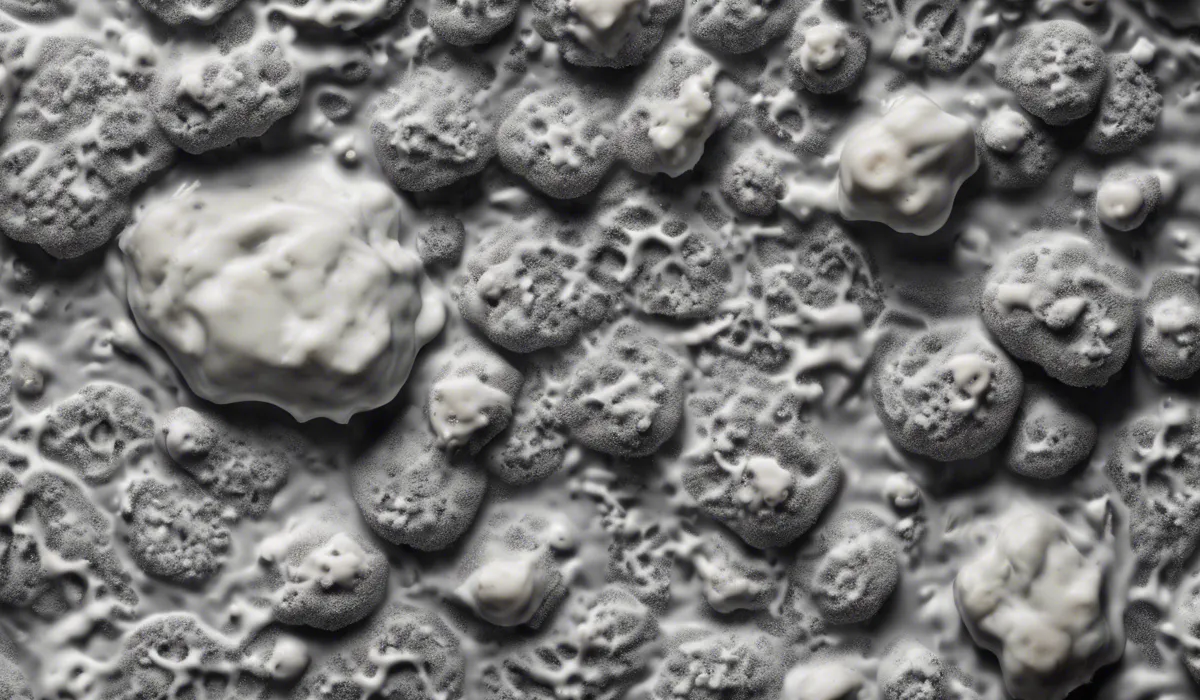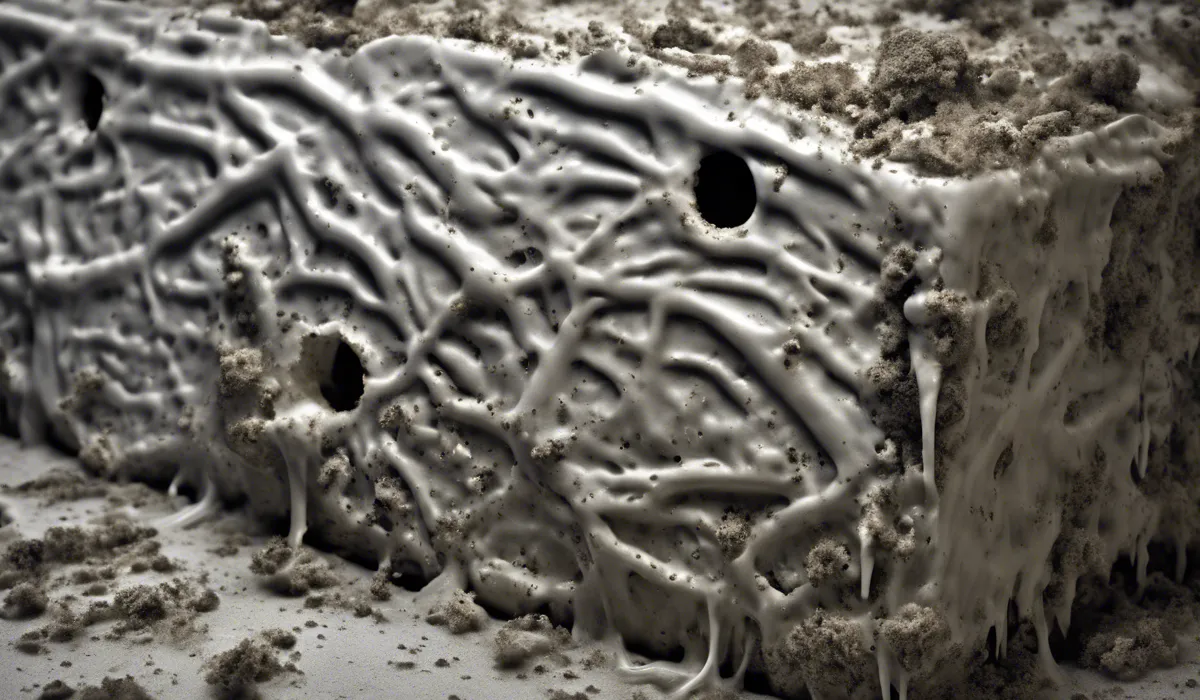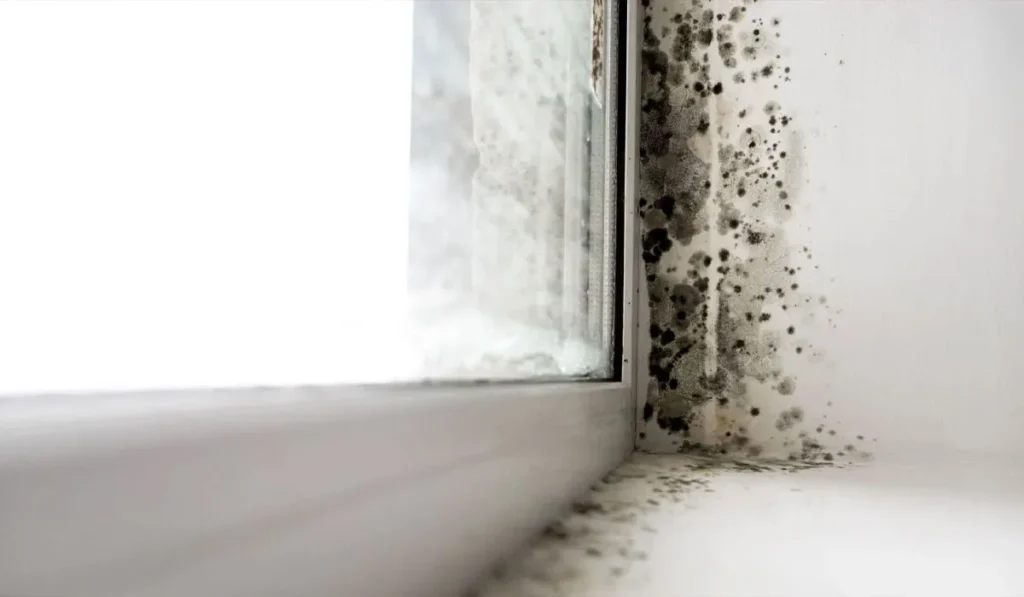Mold can die in heat; exposure to temperatures above 140°F (60°C) for an extended period can kill mold spores. However, not all heat levels are effective; lower temperatures may not eradicate mold. Generally, high heat is used in professional remediation to ensure mold death.
Understanding Mold and Its Reaction to Heat

What Is Mold?
Mold is a type of fungus that can grow almost anywhere there is moisture and organic material. It reproduces by releasing tiny, lightweight spores that travel through the air.
These spores are invisible to the naked eye and can start new mold growth when they land on suitable surfaces.
Mold plays a crucial role in nature by breaking down dead organic matter, but it can cause problems when it grows indoors.
Common Household Molds
In homes and buildings, we often find molds such as Aspergillus, Cladosporium, Penicillium, and Stachybotrys, commonly known as black mold.
These molds can grow on walls, carpets, and damp areas, leading to property damage and potential health issues for the occupants.
Thermal Death Point of Microorganisms
The thermal death point is the temperature at which all microorganisms in a sample are killed within a specific time frame.
For mold, this point varies depending on the species but is typically above 140°F (60°C). This knowledge is crucial for effectively using heat to control mold growth.
Varying Heat Resistance in Mold Species
Not all molds are created equal when it comes to heat resistance. Some species can withstand higher temperatures, while others are more sensitive.
This variance means that a one-size-fits-all approach to heat treatment may not be effective for every mold infestation.
Effects of Heat on Mold Growth and Survival

Optimal Conditions for Mold Growth
Mold thrives in warm, humid environments, typically between 77°F (25°C) and 86°F (30°C).
These conditions are often found in places like bathrooms, kitchens, and basements. If the environment is too cold or too dry, mold growth can be inhibited.
High-Temperature Effects on Mold
When exposed to high temperatures, specifically those above its thermal death point, mold will die.
The heat denatures the proteins and enzymes within the mold, leading to cell death. However, the time required to kill mold at these temperatures can vary.
Pasteurization and Sterilization Explained
Pasteurization and sterilization are two methods used to kill microorganisms with heat. Pasteurization uses lower temperatures to reduce microbial growth without completely sterilizing the item.
Sterilization, on the other hand, aims to kill all forms of microbial life, including mold spores, and requires higher temperatures.
Research on Mold’s Heat Tolerance
Studies have shown that mold can be effectively killed by sustained high temperatures. For example, research indicates that most mold spores cannot survive after 30 minutes of exposure to 140°F (60°C). These findings support the use of heat as a remediation strategy.
Practical Applications and Considerations

Heat Treatment for Mold Remediation
Professionals often use heat treatment to eradicate mold in buildings. This involves raising the temperature of the affected area to a point where mold cannot survive.
Techniques include using industrial heaters and fans to circulate hot air, ensuring even distribution of heat.
Risks of Heat Treatment
While heat treatment can be effective, it also comes with risks. High temperatures can damage certain materials and electronic devices.
It is also important to ensure that the heat is applied evenly to prevent the survival of mold in cooler pockets.
Alternatives to Heat Treatment
Other methods for mold remediation include chemical treatments, such as the use of fungicides, and physical removal of mold-infested materials.
These methods can be effective but may require more labor and can introduce chemicals into the environment.
Temperature Management for Mold Prevention
Preventing mold growth is often easier and more cost-effective than treating it. Maintaining a home’s temperature below the ideal range for mold growth and using dehumidifiers can help keep indoor environments mold-free.
FAQs About Mold and Heat
Does heat kill mold?
Yes, heat can kill mold. Exposure to temperatures above 140°F (60°C) for an extended period can effectively kill mold spores.
What temperature is required to kill mold?
To kill mold, a temperature above 140°F (60°C) is typically required, sustained for a period of time.
Can lower heat levels kill mold?
Lower heat levels may not be effective at killing mold. It’s important to reach temperatures that are sufficiently high to ensure eradication.
Is it safe to use heat to kill mold at home?
While heat can be used to kill mold, it’s generally recommended to use professional remediation services to safely and effectively manage mold issues, as they use high heat and other specialized techniques.
How do professionals use heat to kill mold?
Professionals typically use industrial heaters and other equipment to raise the temperature to a level that ensures the death of mold spores as part of a comprehensive mold remediation process.
Final Thoughts
Heat is a potent adversary of mold, with temperatures surpassing 140°F (60°C) necessary to eliminate mold spores when sustained over time.
While lesser degrees of warmth may be inadequate for eradication, professional remediation often employs high heat as a reliable method to ensure the thorough death of mold.
